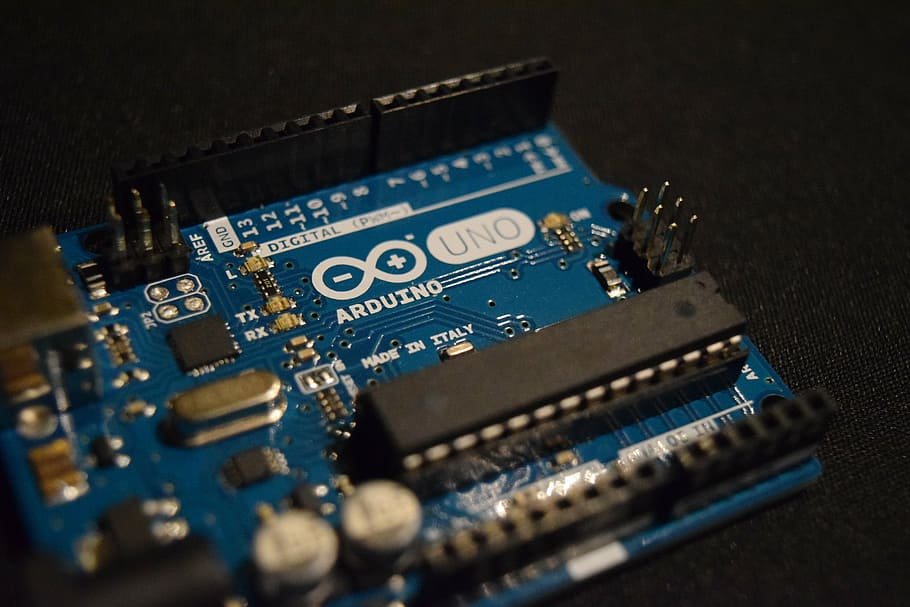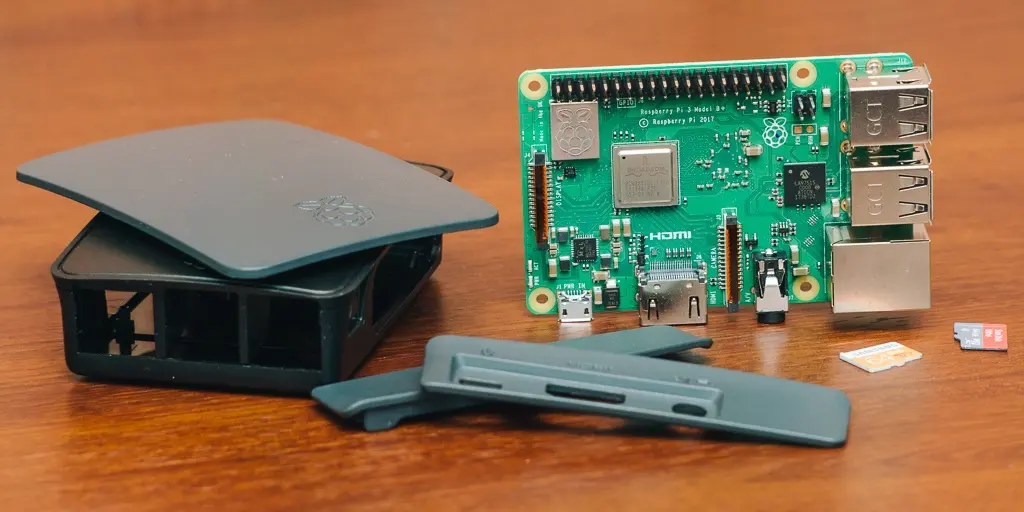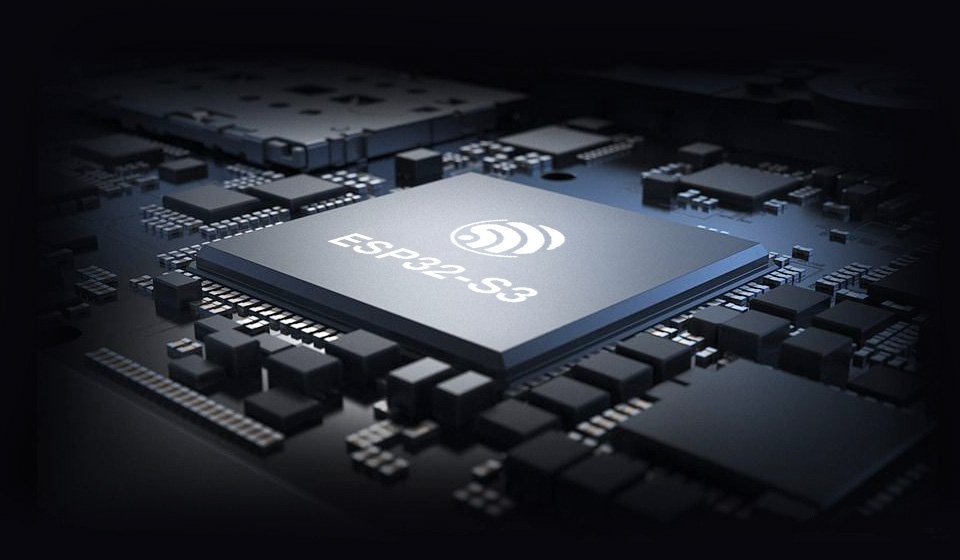The Arduino Nano is an open-source breadboard-friendly microcontroller board based on the Microchip ATmega328P microcontroller (MCU) and developed by Arduino.cc and initially released in 2008. It offers the same connectivity and specs of the Arduino Uno board in a smaller form factor.
The Arduino Nano is a small Arduino board based on ATmega328P or ATmega628 Microcontroller. The connectivity is the same as the Arduino UNO board. The Nano board is defined as a sustainable, small, consistent, and flexible microcontroller board. It is small in size compared to the UNO board. The Arduino Nano is organized using the Arduino (IDE), which can run on various platforms. Here, IDE stands for Integrated Development Environment.
What is Arduino Nano?
Arduino Nano is a small, compatible open-source electronic development board based on an 8-bit AVR microcontroller. Two versions of this board are available, one is based on ATmega328p and the other on Atmega168.
Arduino Nano can perform some functions similar to other boards available in the market, however, it is smaller in size and is the right match for projects requiring less memory space and fewer GPIO pins to connect with.
This unit features 14 digital pins which you can use to connect with external components, while 6 analog pins of 10-bit resolution each, 2 reset pins, and 6 power pins are integrated on the board.
Like other Arduino boards, the operating voltage of this device is 5V, while input voltage ranges between 6V to 20V while the recommended input voltage ranges from 7V to 12V.
The clock frequency of this unit is 16MHz which is used to generate a clock of a certain frequency using constant voltage.
The board supports a USB interface and it uses a mini USB port, unlike most Arduino boards that use the standard USB port. And there is no DC power jack included in this unit i.e. you cannot power the board from an external power supply.
Plus, this device is bread-board friendly in nature means you can connect this unit with breadboards and make a range of electronic projects.
The flash memory is used to store the program and the flash memory of Atmega168 is 16KB (of which 2KB is used for the Bootloader) and the flash memory of Atmega328 is 32KB.
Similarly, the EEPROM is 512KB and 1KB, and SRAM is 1KB and 2KB for Atmega168 and Atmega328 respectively.
The Nano board is almost similar to the UNO board with the former smaller in size with no DC power jack.
Arduino Nano Pinout
The following figure shows the pinout diagram of the Arduino Nano board.
Arduino Nano Pin Description
In this section, we’ll cover the Arduino Nano Pinout, we will discuss pin description of each pin integrated on the board.
Digital Pins: There are 14 digital pins on board which is used to connect external component.
Analog Pins: 6 analog pins on board that is used to measure voltage in a range from 0 to 5V.
LED: The unit comes with a built-in LED connected to pin 13 on the board.
VIN: This is an input voltage to the Arduino board when using an external power source (6-12V).
3.3V: It is a minimum voltage produced by the voltage regulator on the board.
5V: Regulated power supply used to power up the controller and other components on board.
AREF: It is an Analog Reference that is applied to the unit as a reference voltage from an external power supply.
GND: Two ground pins are available on the board.
Reset: Two reset pins are integrated on the board. These pins are used to reset the controller internally through software.
External Interrupts: Pin 2 and 3 are used to trigger external interrupts. These pins are used in case of emergency.
USART: The board supports USART serial communication that carries two pins i.e. Rx which is used for receiving the serial data and Tx which is a transmission pin used to transmit serial data.
I2C: The unit comes with an I2C communication protocol where two pins SDA and SCL are used to support this communication. SDA is a serial data line that carries the data while SCL is a serial clock line used for data synchronization between the devices on the I2C bus. The Wire Library of Arduino Software can be accessed to use the I2C bus.
SPI: The device also supports SPI (serial peripheral interface) communication protocol where four pins (SS, MISO, MOSI, SCK) are used for this communication. This protocol is used to transfer data between the microcontroller and other peripheral devices.
Arduino Nano Technical Specifications
|
Microcontroller |
ATmega328P – 8-bit AVR family microcontroller |
|
Operating Voltage |
5V |
|
Recommended Input Voltage for Vin pin |
7-12V |
|
Analog Input Pins |
6 (A0 – A5) |
|
Digital I/O Pins |
14 (Out of which 6 provide PWM output) |
|
DC Current on I/O Pins |
40 mA |
|
DC Current on 3.3V Pin |
50 mA |
|
Flash Memory |
32 KB (2 KB is used for Bootloader) |
|
SRAM |
2 KB |
|
EEPROM |
1 KB |
|
Frequency (Clock Speed) |
16 MHz |
|
Communication |
IIC, SPI, USART |
How to Program Arduino Nano
All Arduino boards can be programmed using Arduino IDE (Integrated Development Environment) Software – An official software introduced by Arduino. cc. All you need is a code to burn into the board to make it work as per the instructions fed into the board.
Plus, the board features a built-in Bootloader which sets you free from getting an external burner to burn the Arduino program. The unit supports a USB interface with a mini USB port. The USB cable is used to connect the board with the computer.
Arduino Nano Applications
The best thing about Arduino boards is they can work as a stand-alone project or as a part of other electronic projects. You can interface Arduino Nano with other Arduino boards and Raspberry Pi boards. No technical expertise is required to use Arduino boards and anyone with little to no technical knowledge can make amazing projects with these units.
The following are the main applications of Arduino Nano Board.
- Medical Instruments
- GSM Based Projects
- Embedded Systems
- Arduino Metal Detector
- Industrial Automation
- Android Applications
- Virtual Reality Applications
- Real-Time Face Detection
- Automation and Robotics






Hi! Do you use Twitter? I’d like to follow you if that would be okay.
I’m undoubtedly enjoying your blog and look forward to
new posts.
Yes, why not. Here’s my twitter profile 🙂. https://twitter.com/ArduBots78889
Hi, all is going well here and ofcourse every
one is sharing data, that’s actually excellent, keep up writing.